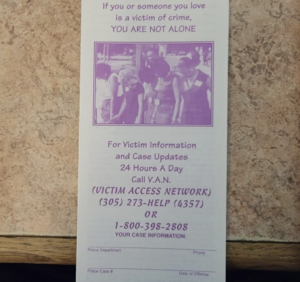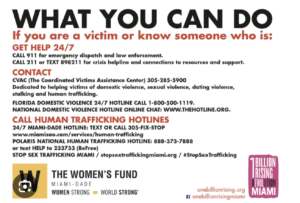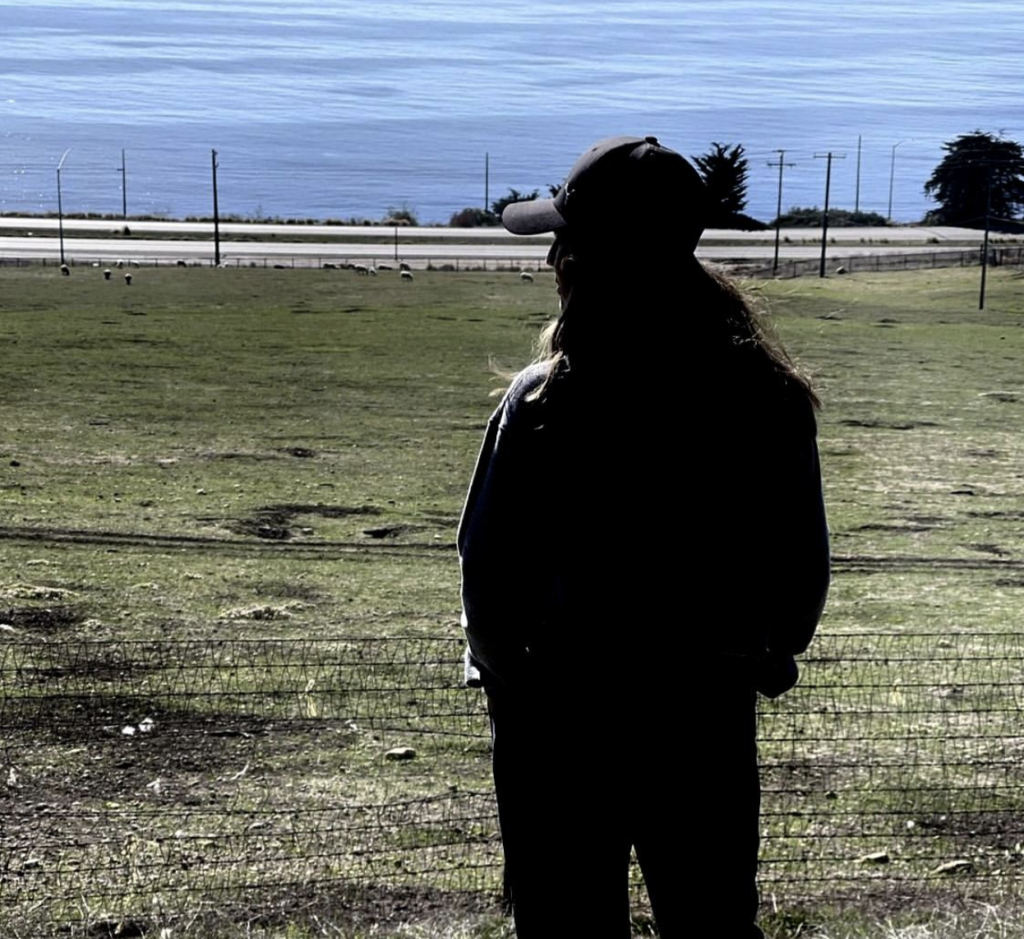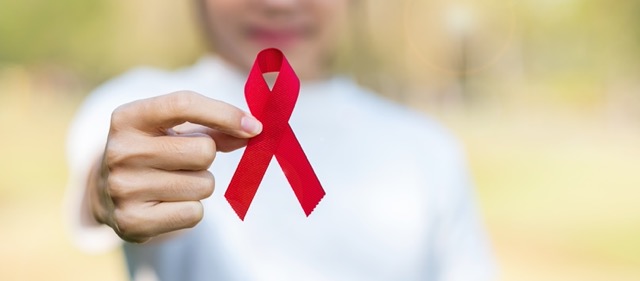(MIAMI) — “It was eight hours of complete hell.” Marissa nervously fidgets with her fingers as she recalls the third time her fiancé violently beat her. “It’s one of those things you know. You see it on TV and you judge these women thinking they’re pathetic and weak for not leaving. Then next thing you know you’re one of them. Your eyes are bloodshot from crying, chunks of your hair are gone from being dragged around, you have bruises on your body and are doing things you never thought you would have to.”
Marissa, like many in Miami-Dade county, is a domestic violence survivor who reflects on the abuse she experienced. “I thought it would eventually stop. Then there I was, phoning Victim [Advocates] Services wondering where my next meal was going to come from and if I’d have a safe place to sleep.”
Marissa, (not her real name to protect her privacy), a Colombian woman in Miami, is unfortunately one of many impacted by domestic violence, an issue that plagues individuals, families, economies, and communities worldwide. In 2016 alone, Miami-Dade County reported 9,357 cases of domestic violence, the highest in Florida.
The Domestic Violence Oversight Board Report published in 2021, confirms the prevalence of abuse rates among immigrant women are undeniable and make up a devastating 49.8% of all reported incidents in 2021. To put things into perspective, this is almost three times the national average.
“It’s difficult to pin domestic violence on just one singular factor. It’s such a layered issue, but I definitely see a trend of transplants experiencing domestic violence. It’s not uncommon to witness co-dependent relationships that can become violent.” Miami-Dade County’s Crime Reduction Unit Detective Calvin Rayburn shares.
“Many victims depend on their partner whether it be for financial, professional or social support, and it’s unfortunate when relying on a person turns toxic especially when power dynamics are involved. It’s really sad to witness, and I wish it was talked about more,” Rayburn said.
The reality of domestic violence in Miami-Dade
As Marissa sits by the shore, cradling a steaming cup of black coffee, her gaze fixates on the ocean. Her ebony locks cascade around her shoulders like a protective veil, framing a face marked by both resilience and vulnerability. Despite the weight of her memories, she summons the courage to speak about them. “The hardest question I have ever been asked is, ‘Why did you stay?’” she said. “ I leaned on my fiancé for everything, he had a good job, put food on the table, and was promising me the life that I believed I had no access to without him. I had a hard time securing employment and really no other network outside of him.”
Marissa struggled professionally when relocating from Colombia to Miami, initially working as a receptionist at a car wash, where language barriers posed challenges. She relied on gigs like Postmates and DoorDash to deliver food for an income and although it paid some of the bills, it didn’t cover all of them and was a small contribution compared to her fiancé’s financials, which made her feel even more trapped. “It’s hard to walk away from someone who is offering stability when you feel like you have none without them.”
Marissa recalls her breaking point, a night when an argument escalated and her fiancé got physical. She shared how she blacked out during his physically and verbally abusive episode and disassociated until the police burst into the apartment. “I talked with a female officer who was really understanding. She told me about the Victim Advocates Services. She reassured me that there were resources available to me and that I wasn’t going to be homeless on the streets or starving. To be honest, I thought that was the reality for me if I left my fiancé so I felt peace the moment I spoke with her and learned that I had options.”

A Miami-Dade Police Department pamphlet for victims of domestic violence [Credit: Taryn Dee]
This was true for Marissa, ” I did the only thing I could do and took the help offered to me from Victim [Advocates] Services and the authorities. They connected me with safe and anonymous housing and helped me land a stable job.”
With the help of VAS, Marissa secured a position as a clerk at a children’s nursery where she had consistent hours and stability. She felt supported in her environment and was able to socialize and make new friends at her position which helped her slowly recover from the abuse experienced.
Resources available to domestic violence survivors
The police play a crucial role in protecting individuals from domestic violence by responding to reports and ensuring immediate safety. Moreover, the police are tasked with informing victims of their options, conducting thorough investigations, gathering evidence, and arresting abusers if necessary. A large part of what the police are tasked with is assisting victims in obtaining protection orders and collaborating with domestic violence advocates to develop safety plans and connect victims with support services, that’s where Victims Advocates Services comes in. Victims Advocates Services or VAS offers ongoing support to victims with shelter, counseling, legal, career development, etc.
Rayburn says police are asked to intervene frequently. “Those calls are probably some of the most frequent on top of traffic accidents or any sort of assistance that citizens need,” he said. “Yes, Victims Advocates Services is a huge resource, but it’s not a sole solution. This issue is multifaceted, entangled with substance abuse, stigma, and oftentimes the victims’ reluctance to seek aid. Alcohol and narcotics exacerbate the issue.”
Between 40% to 60% of domestic violence incidents are triggered by alcohol and drug use, according to American Addiction Centers.
Other factors include, but aren’t limited to the complications of cultural nuances, language barriers, and the fear of retaliation. Rayburn adds, “These all create a very complex problem that can be difficult to address.”
Victim of Crime Supervisor Cassandra Armstrong, in Miami-Dade County, ensures comprehensive care by overseeing staff and services. Armstrong says, “We offer shelter, legal aid, food, transportation, and connect clients with counseling and other resources and programs.”
When addressing common challenges she has witnessed in Miami-Dade, Armstrong notes women’s struggle for financial independence, “Many come from households where they haven’t had to work, creating vulnerability. We prioritize job readiness and budgeting support to help women gain independence.” Armstrong additionally stresses the importance of education for victims, stating, “Sometimes victims aren’t ready when they come into the shelter; it happens in their time, not ours.” She advocates for patience in empowering survivors, recognizing it as a key element in the fight against domestic abuse.
An estimated 1.45 million immigrants make up more than 53% of Miami-Dade County’s population according to Connect Miami Dade. Amidst this rich diversity, both women and men find themselves vulnerable to the insidious grip of domestic violence, often exacerbated by the nuances of various cultural factors.

A Women’s Fund Miami flyer encourages victims to seek help and support. [Credit: Taryn Dee]
Rayburn says, “I’d say about 70% of the domestic violence incidents I’ve witnessed have alcohol or narcotics involved with either the abuser, the victim, or oftentimes, both. It’s definitely a catalyst for abuse.”
The complex nature of domestic violence is apparent in the testimonies of survivors like Marissa and Mark.
Marissa’s challenges as an immigrant highlight the intersection of isolation, limited opportunities, and financial dependence on an abuser, while Mark’s struggles with substance abuse and cultural dynamics illustrate the multifaceted nature of the issue. Armstrong stresses the importance of education for victims, stating, “Sometimes victims aren’t ready when they come into the shelter; it happens in their time, not ours.” She advocates for patience in empowering survivors, recognizing it as a key element in the fight against domestic abuse.
“There’s still a lot of work to do, but I’m hopeful that with the right tools and education we can reduce the volume of domestic violence incidents. Not just in Miami-Dade county, but throughout the world,” Marissa said.


